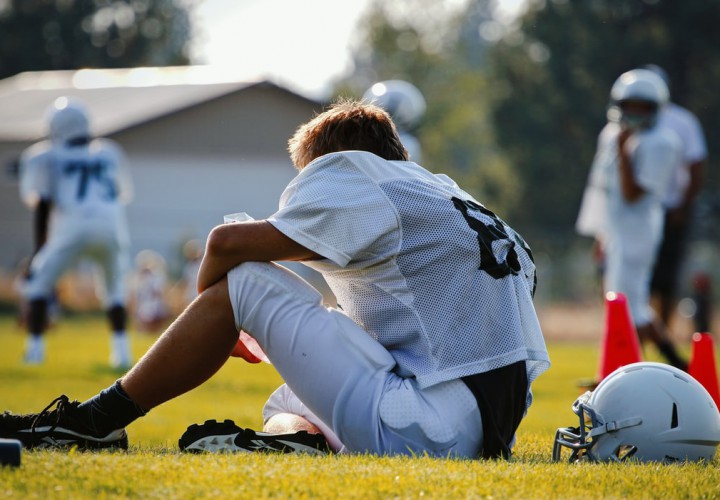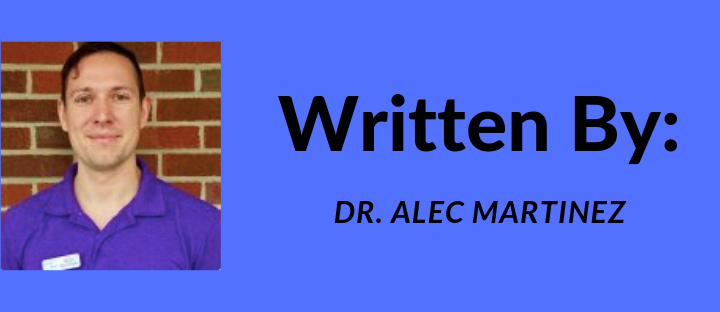The ACL is designed to function as an auxiliary “backup” in our stability of the knee
1. What this means is that our ligamentous structures are often designed to be a redundancy for when the active stabilizers of our joints, our musculature, occasionally fails. The ACL is actually designed to stabilize against the same movements as the hamstrings. Meaning that well developed and integrated hamstring function is supposed to be performing the same actions as the ACL anyway. If the ACL tore in the first place, it is possible that this injury was the result of either improper training or underdeveloped hamstring musculature.
2. That under the premise of this first discovery, there are many people who function perfectly normal without their ACL intact despite prior assumption. Also, that the hamstrings can provide appropriate stability for many on their own for a large amount of activities.
3) The ACL, despite what was previously assumed, actually does evidence some regrowth. Even from a complete rupture in which the ACL is entirely disconnected during the tear! While we have yet to determine in what circumstances this happens, how to predict who will regrow and who will not, and precisely how long this should take to start and finish, there is some evidence that, this discovery is prompting more surgeons to take a more conservative “wait and see” approaches in certain cases.
ACL Rehabilitation
To complicate matters for many who wish to return to sport, ACL “coping rehab” actually takes significantly less time for safe return to sport than post operative wait times. This is because rehab begins relatively immediately after injury. Which results in significantly less loss of strength and function in the local musculature. So called “copers” are able to return to various sport level functions simply at the rate of achievement of certain stability, strength, and power based milestones as opposed to also needing to wait for specific periods of structural growth during the post operative phase.
Recent research also shed light on how long athletes should wait after a grafted surgery to return to sport in order to avoid injury. Even with appropriate rehab, the graft will not have fully integrated to its new function for a great deal of time. Re-injury rates are significantly decreased for each month of delayed return to sport after the 9 month post operative mark up to a year and a half. Meaning that some athletes may not be able to safely return to sport for over a year and a half after surgery. This delay to return can alter or end some athletic careers. But this is dependent on age and competitive level.
Still learning
So how do we know who are the best copers and who needs surgery? Unfortunately, the answer still seems to be that “we have a lot to learn”. There has not been enough time or opportunity to begin the testing necessary to determine the best guidelines for this decision making.
At this time, the best we have seen is a patient guided decision making process. This is when the patient may weigh the risks of delaying a surgery if it does become necessary. Having surgery would further delay a return to activity. Patients need to weigh the cost and risks of surgery in regards to their athletic career. Or even other daily functions! The level of physical activity they expect on a regular basis requiring knee stability (fast moving activities involving frequent direction changes like tennis, soccer, etc), and the potential risks of a very rare failed surgery that increases pain and decreases function.
Unfortunately, at this time most patients must make these decisions with the absence of significant evidence of which groups perform better in their individual activities. This is because not enough studies have looked into this complex issue. In the case of an injury like this, it is always beneficial to find a healthcare team that fosters this conversation in a helpful manner. Also that they are willing to provide you with all the information they have available on the topic! This allows you to make the best decision possible for yourself!
If you are located in the Central Florida area contact us at Hohman Rehab! We have a dedicated team willing to help you get back to your normal. Our team consists of PTs, PTAs, and an athletic trainer who is specialized in sports injuries. Click here to learn more about us and to schedule.


